Trees through the Seasons
By John Palka — Posted November 5, 2017
DECIDUOUS TREES THROUGH THE SEASONS
Walking through a deciduous forest is a startlingly different experience from one time of the year to another. The trees leaf out in the spring, form a dense canopy during the summer, release their leaves to fall to the ground in the autumn, stand naked during the cold of winter, and leaf out once again when the next spring comes.
Today in Nature’s Depths we look at these seasonal transformations a little more carefully. Let’s start in the spring, though we will soon see that any particular starting point is arbitrary.
The spring blush of the trees is delicate, with colors ranging from yellowish-green to pink depending on the proportion of the main pigments— chlorophylls, carotenes, and anthocyanins—in the cells of their buds and emerging leaves. These are the same pigments we have encountered before in the context of photosynthesis and fall coloration.
In the summertime, the woods surround us with an intense green. The leaves are using their chlorophyll to capture photons of light as efficiently as they can, and this energy they then use to make the sugar that powers metabolism and for the assembly of the myriad molecules needed to create the structures of new life. This is photosynthesis, the process that directly or indirectly drives most of life on Earth.
In the fall another big shift starts to happen. One by one, and then in accelerating numbers, the green leaves lose their chlorophyll and thus stop photosynthesizing. This loss of green often reveals the presence of the other pigments—the red anthocyanins and orange or yellow carotenes—and gives the forest its glorious autumn foliage.
At some point the trees release these no-longer-photosynthesizing leaves to fall to the ground.
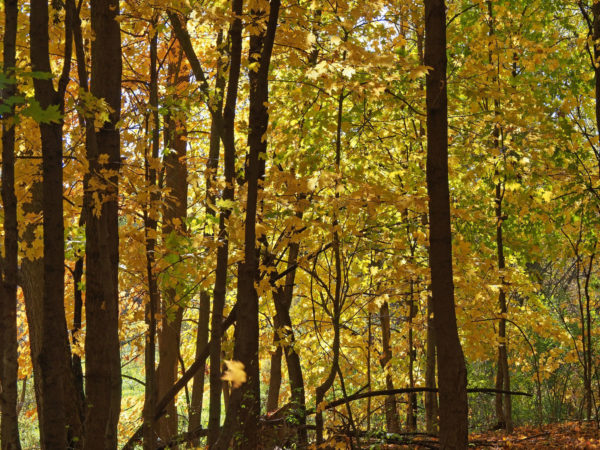
A single leaf of sugar maple (Acer saccharum) glowing against a dark trunk as it falls. It looks larger and slightly out of focus because it is closer than the tree trunks are.
There, the leaves accumulate to form a natural mulch that replenishes the soil.
During the winter most deciduous trees are naked of leaves and thus less susceptible to the ice, snow, and winter winds that are capable of breaking limbs and snapping or uprooting whole trunks.
Some species, however, like this northern pin oak (Quercus ellipsoidalis), stay clad in leaves despite the extra weight, wind resistance, and snow-catching surfaces that the leaves provide.

A northern pin oak (Acer ellipsoidalis) during the winter in Minnesota. Unlike most deciduous trees, this species keeps most of its dead leaves until spring.
PREPARATION FOR SPRING RENEWAL
In the spring the cycle starts all over again. The trees prepare for this well in advance. Even before the leaves fall, buds from which the next year’s growth will burst forth have been generated—not only leaf buds but also the rudiments of flowers, catkins, cones, and other reproductive structures.
Here is how the common red alders of the Pacific Northwest (Alnus rubra) prepare for the spring. If you look carefully in the angles (axils) between the branches and the leaf stalks (petioles), you will find in many a small, elongated bud. These so-called axillary buds form well before the leaves turn color and fall; they persist through the winter; and from them in the spring come the fresh stems and leaves of the trees’ new growth.
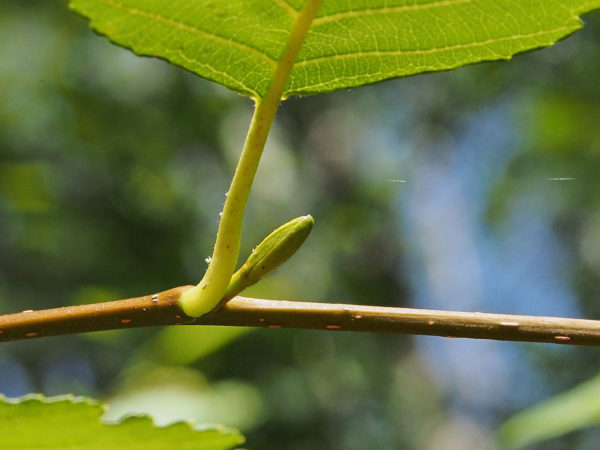
A branch of a red alder in Washington in the fall, showing the base of a leaf that is still green (notice the pattern of veins), its petiole, and the associated axillary bud.
Looking further, especially near the tips of the branches, you will also find male and female flower buds developing in the autumn and ready to burst forth in the spring. The incipient male flowers are arranged in elongated catkins like these.
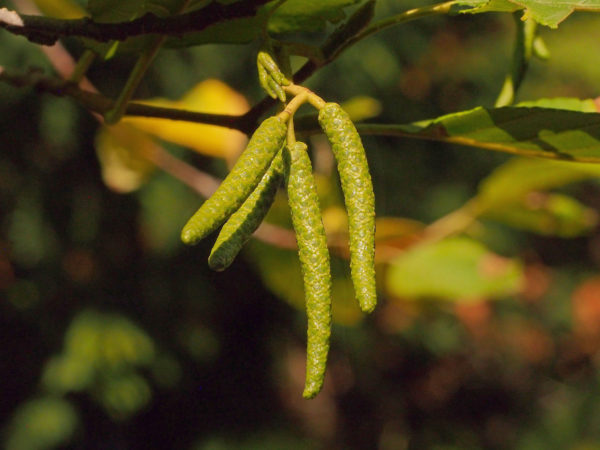
Four recently-formed male catkins of a red alder in early autumn, just as some of the leaves are falling.
The female flowers in the form of cones develop in the fall, preparing to receive pollen in the spring. Here they are glowing in the afternoon sun of September.
If you look at an alder carefully, you may be able to see several generations of leaves, catkins and cones all at the same time—multiple phases of the ongoing cycle of life captured in a single view. In the picture below this year’s leaves have been shed, but there is a leaf bud at the top. Then, going clockwise, we see new male catkins, last year’s female cones still remaining on the tree, and new female cones prepared for the spring.
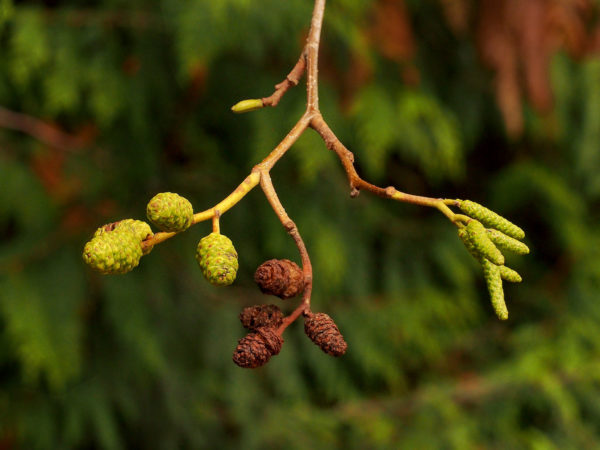
A red alder in the fall, with buds all set for the following spring and a cluster of female cones remaining from the previous spring.
LIFE GOES ON IN WINTER
We often think of the winter as a time of dormancy for a deciduous tree, of a rest from the frenetic processes of life. And so it is. The leaves fall so there is no photosynthesis and thus no fresh sugar to fuel metabolic processes. Only the tree’s stored reserves, found primarily in the roots, provide the energy for life. The temperature is cold. Life slows down. It does not stop, however. Individual cells continue to perform the biochemical reactions that constitute the living state, and the whole tree is poised to take full advantage of the nourishing conditions of the next spring.
In the next post we will explore the mechanism by which a tree actively drops its leaves at the appropriate time. In the future we will ask how trees recognize what season it is, and by what processes their activities are regulated so that they will be in harmony with both the prevailing season and with the season which is approaching.
Now I invite you to contemplate the annual cycle of a tree’s life as you walk through the autumn woods and revel in the almost daily changes you can see and smell around you.
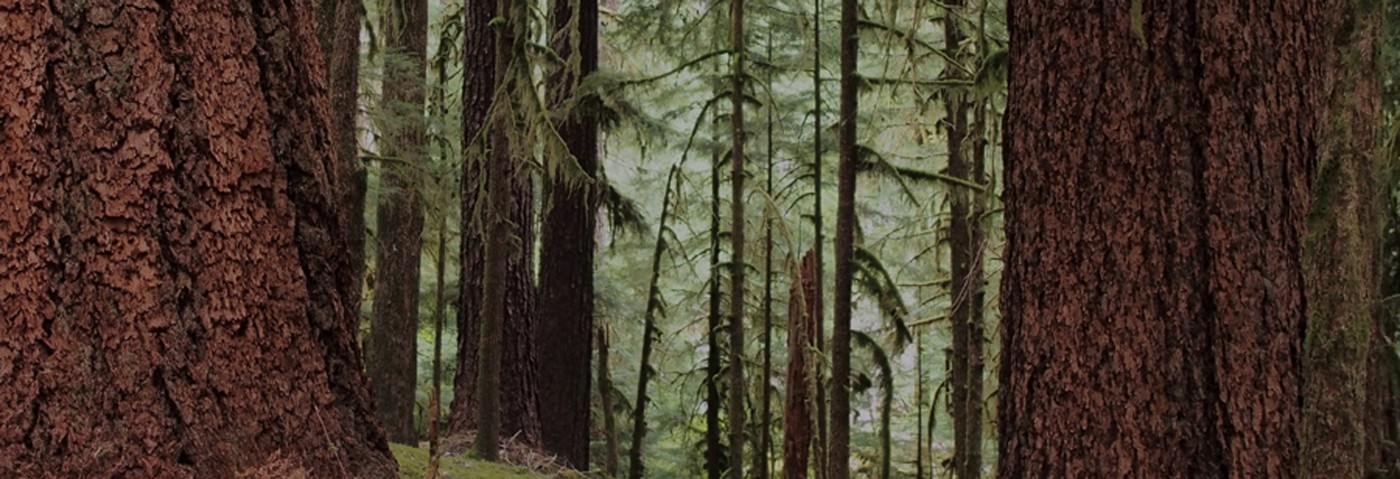
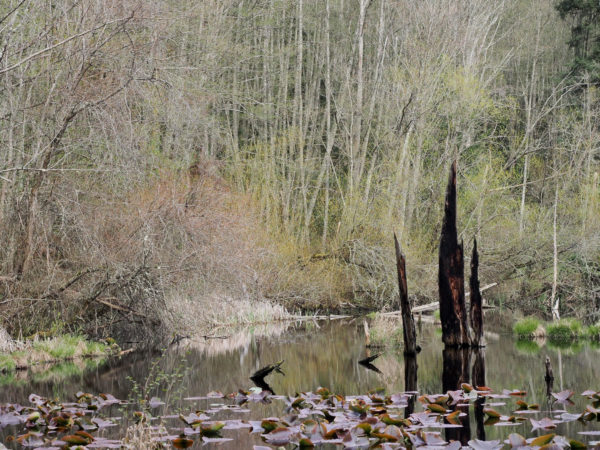
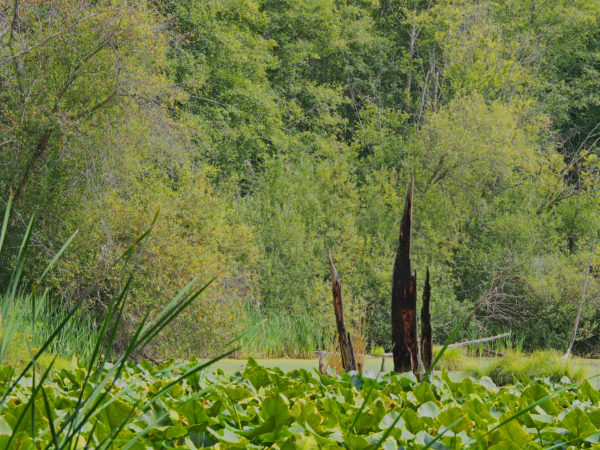
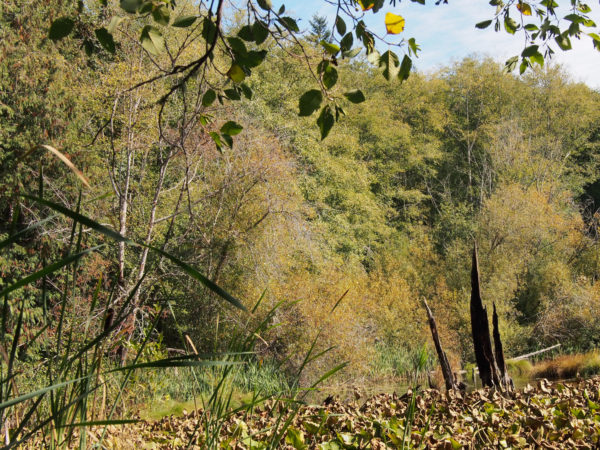
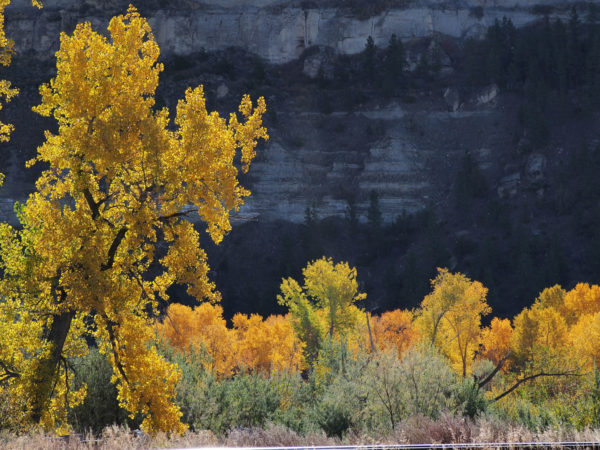
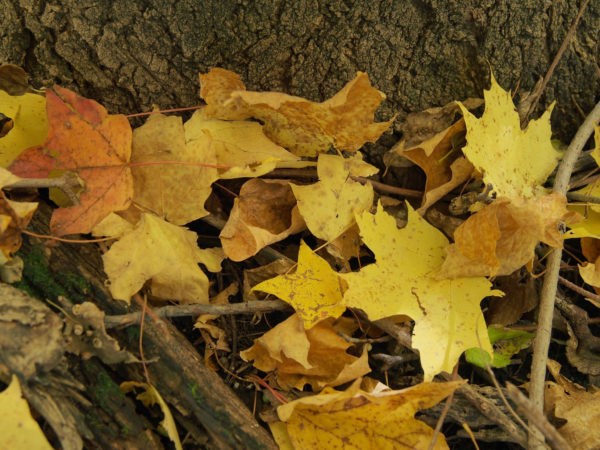
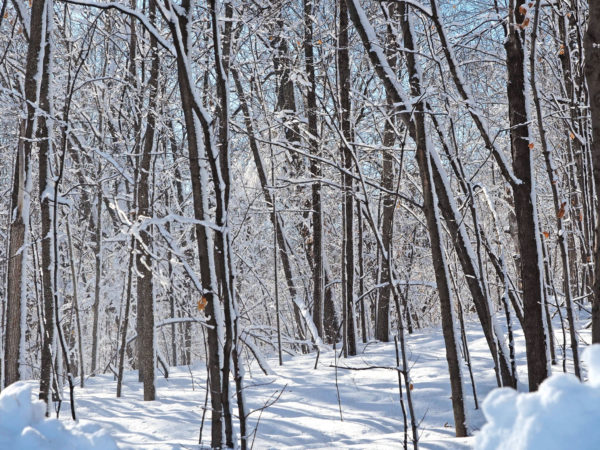
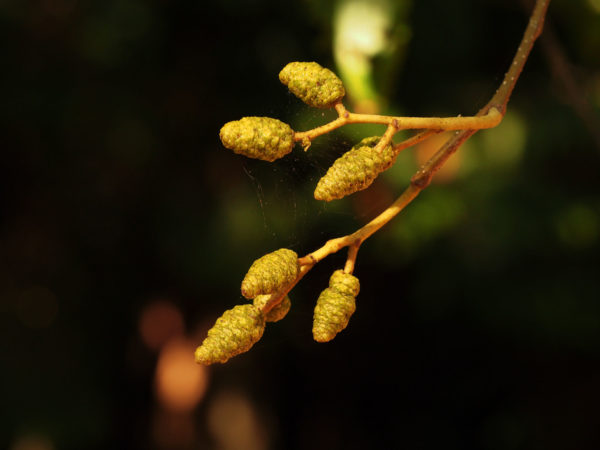
Thanks again Johnny…. another delightful adventure… Now — when the rain subsides — I need to get out there and become ‘close and personal’ with our alders..!!
Close is great!
Thanks Johnny,
I’m in Portland looking out the windows at the huge beech in Heather’s yard, looking for the similarities in alder & beech.
Jan
Enjoy looking, Jan. I’m sure finding that the old adage is really true – the more you look, the more you see!
Dr. Palka, Our bonsai hobby is much enriched by these contemplations, and we look forward to the next installments. We’re always sure the wee trees are dead, except we can see tiny buds ready to burst forth.
As always, thanks.
Michael
It’s so easy to be fooled by life, isn’t it! And yes, buds can be really, really tiny.
While teaching a lesson at the Maxwelton Outdoor Classroom a few weeks ago, I prompted a third class to observe and identify a few “signs of fall.” One student raised their hand and suggested that leaves were falling, and another that the leaves were changing color. I asked for more examples, and called on one very astute student who corrected all of us, explaining that the leaves were not, in fact, changing color – rather that they were losing their green color and revealing the colors they’ve always had inside. I was very impressed 🙂 Glad to read your explanation of that process here! I’ve been enjoying your posts very much!
That’s remarkable understanding for a third grader. And, I would say, they are lucky to have you to teach them, especially at the Outdoor Classroom!
That photo of the ‘multiple phases’ of leaves, catkins, and cones is amazing! I learned so much from this article. I always look to the MN Red Oak for an early sign of spring, when it finally drops its leaves. Chris
I personally love the thought that the living world goes through cycles, and that in the process it reveals an anticipation of what is to come in the future.
Thank you. This has sharpened my fall and winter observations. But I’m wondering if plants are taking a risk by forming and exposing so many buds of different types so early. Extreme winters could, I would think, do considerable damage. Perhaps the risk is worth it in order to get a jump on the growing season (and on competing trees?) in the Spring. Thanks again.
Thanks for your thoughtful comment. Your point is one I have wondered about myself and to which I have no very good response. By and large organisms evolve to do what works, so in that sense I think we have to suppose that on balance the advantages of forming buds that have to make it through the harsh conditions of winter are greater than the risks of damage. I have no doubt, however, that weather extremes can be really damaging from time to time, so we really are talking about a balance.
Dr. Palka, Thanks very much. I appreciate it. Excellent detailed descriptions with wonderful photos…I particularly like the comment by Amy McInerney, whose student said, “[the leaves] were losing their green color and revealing the colors they’ve always had inside.” Isn’t that like us humans too when we approach the “autumn of our lives”? Now where might I find your follow-up post on “the mechanisms by which a tree actively drops its leaves at the appropriate time”? I’ll go looking. Have a great day! Cheers, Steve
Thank you so much, Steve! You will find an account of the mechanisms of changing colors in the post “Flaming Forests” (December 11, 2016) and a separate account of how trees drop their leaves in “When the Leaf Falls” (December 2, 2017). I took up some aspects of the life of trees during the winter in “The Sap Is Rising” (April 1, 2018) and of the opening of buds in “The Buds of Spring” (May 6, 2018). Happy browsing!